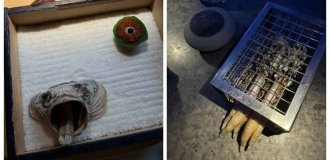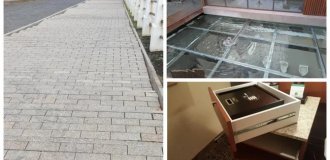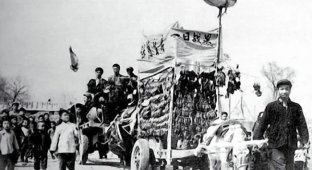Everyone knows, and some even remember, that sensational story with the Chinese sparrows, of which, according to the most modest estimates, about two billion had been destroyed by the end of 1958, and how that whole story ended. But, as they say, who lets bygones be bygones... and that's not what the story is about. 

So, when mass persecution, in the literal sense of the word, of these restless birds began, it turned out that continuous scaring, with the aim of their complete exhaustion, was not enough. The sparrows found shelter in tall trees, buildings, power lines and anywhere else, just to protect themselves from the annoying executors of the will of the Great Helmsman of China. And then everything came into play: stones, slingshots, bows, and, of course, shotguns. It was precisely the guns and cartridges for them that turned out to be catastrophically insufficient for solving such a problem. What can't you do for the good of your people? 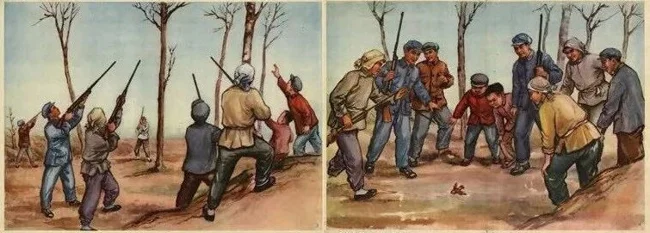
In the summer of 1958, the Chinese leadership urgently purchased a large batch of single- and double-barreled 16-gauge hunting rifles from the USSR, which Chinese sparrow hunters considered the most optimal for hitting with a charge of small shot. History is silent on the exact number of "Izhevkas" and "Tulkas" that were purchased, but it was probably quite a lot. It would be logical to assume that the rifles would need cartridges, like a spoon for dinner, and the Chinese would buy a considerable amount of ammo. But the Chinese, being Chinese after all, having used their not-at-all-sparrow brains, bought several fairly productive cartridge production lines. 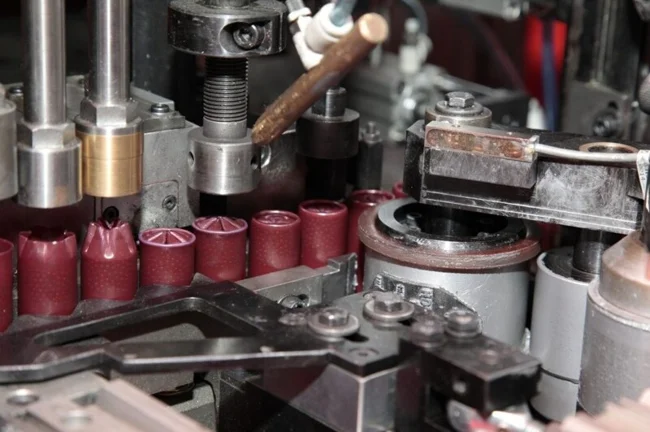
It is unknown how effectively the acquired weapons served in the great sparrow war, but it is reliably known that at the end of the war, in view of the final and unconditional surrender of man, those lines (as it became known half a century later or something like that) were not cut up for scrap metal as part of the conversion, but were carefully mothballed until better times. 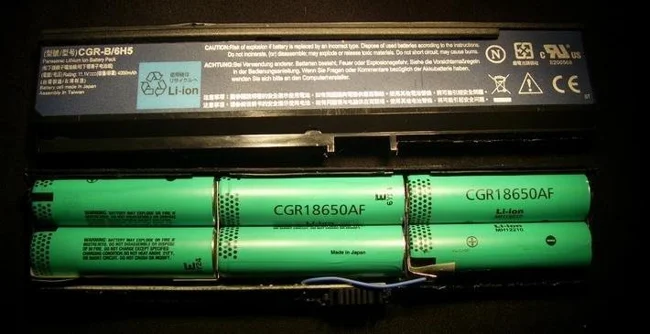
And imagine that these times finally arrived when the production of laptop batteries began to unfold. Without bothering too much at first, the Chinese took out Soviet cartridge production lines from their stash, wiped off the gun grease, equipped them with modern electronics and ... voila! Yes, of course, they were later replaced by modern and more productive lines, but the form factor of a laptop battery element remained equal to the 16th caliber shotgun cartridge with a small difference for crimping. 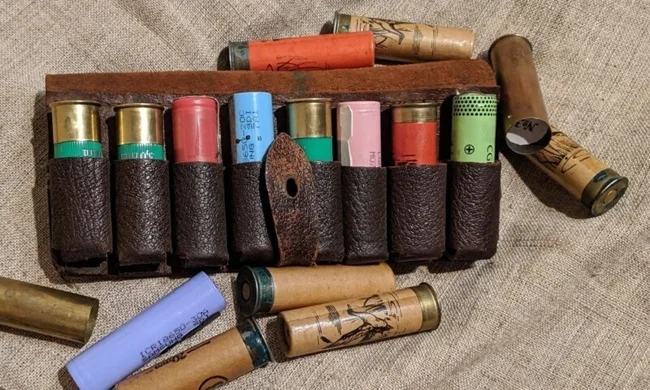
Since then, every owner of a 16-gauge shotgun should check before going hunting whether there are cartridges in his cartridge belt. Computer repair technicians should also be on the alert. 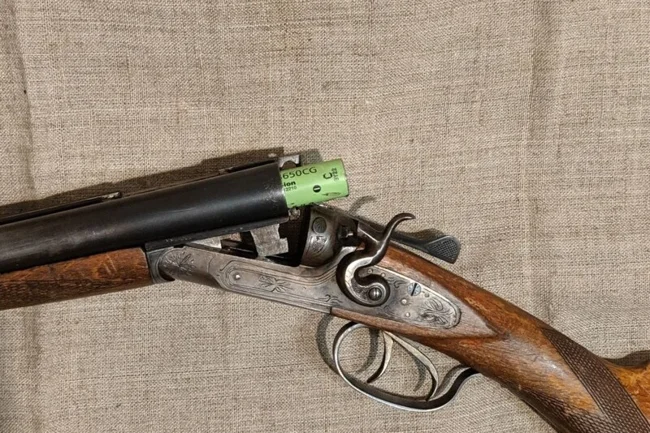
Here's a story that happened in China.
Add your comment
You might be interested in:



